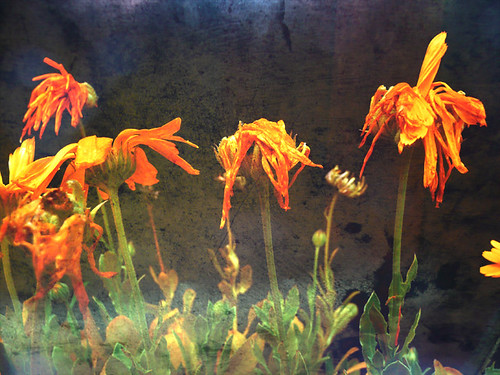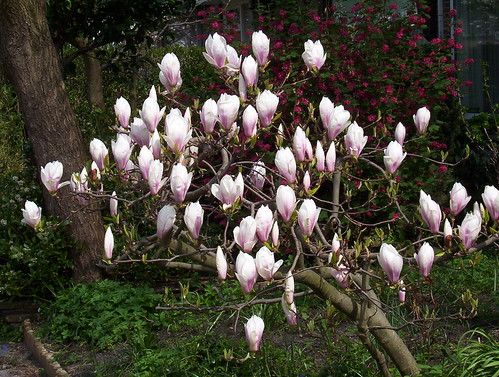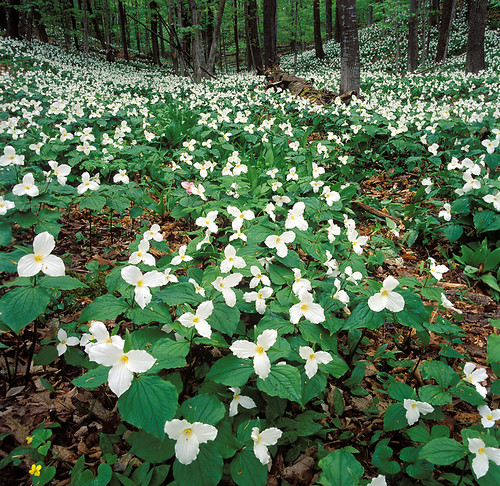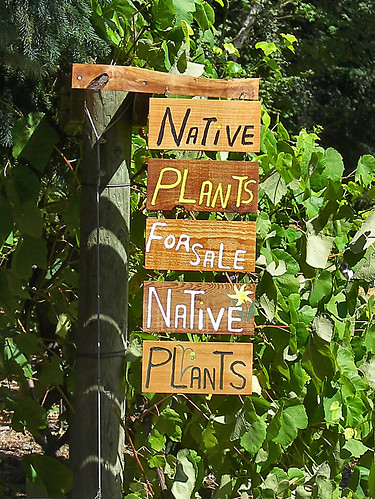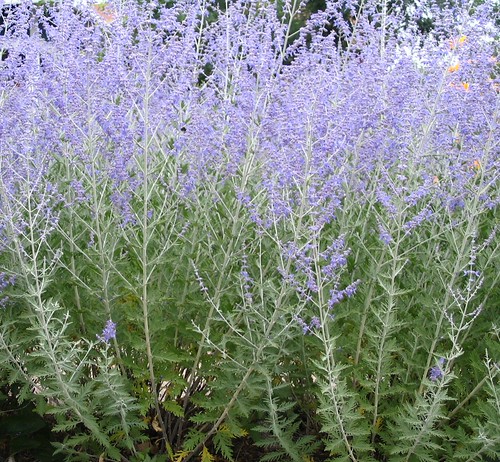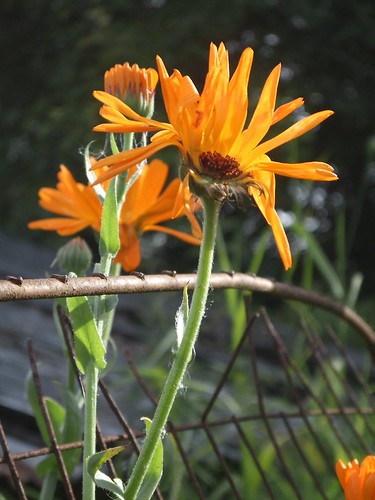
Valentine’s Day is coming up and TheGardenLady is sure that many of her readers are thinking about what to give your girlfriend, wife, mother or significant other.
Roses? How lovely.
Have you thought about giving an orchid this year or at least going to see an orchid show? Take your love to the Orchid Show at the New York Botanical Garden or the International Orchid Show in Santa Barbara, CA or an orchid show in your area. Give her the tickets on Valentine’s Day and then go to the show when you have the time.
Continue reading “How to Celebrate Valentine’s Day with that Special Person”

